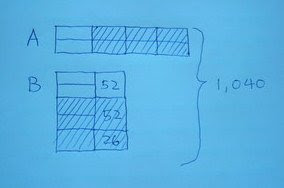In the news this month:
Newtown Friends Quaker School believes that:
The Singapore program is “just a better way to teach,” said Schade. “The depth that you go into with Singapore math provides students the opportunity to solve problems in so many ways.”
Midlothian School adopts Singapore Math
The first school to adopt Singapore Math in the Archdiocese of Chicago likes that:
Singapore Math emphasizes problem-solving and model-drawing, with a focus on an in-depth understanding of the essential math skills recommended by the National Council of Teachers of Mathematics.
Saginaw Township elementary schools implement hands-on Singapore math program
Best quote from the article:
“Math is math, this is just a consistent way of presenting it to students,” Braun said.
And an “eek!” quote:
…materials were $220,720 and six days of intensive training was $75,982.**
Goodbye Flashcards, Hello Singapore
Fair Haven K-8 school in New Haven, CT is in their first year using Singapore math and anecdotally, teachers feel that students are better problem-solvers and are learning concepts to mastery. According to district math coordinator Ken Mathews:
There’s no official measure yet of whether students have gotten better at math under the new approach. The quarterly district assessments have changed to adapt to the new curriculum, so year-to-year comparisons don’t make sense.
The district finds that the Singapore approach aligns well to the Common Core:
The shift to Singapore math comes as the New Haven takes part in the Common Core State Standards Initiative, whereby districts and states are aligning assessments and curriculae to a new national standard. Connecticut is one of 45 states that have pledged to do so, with the hopes of being more competitive internationally. New Haven plans to overhaul its math and literacy curriculae by the 2014-15 school year, including the full implementation of Singapore math.






















